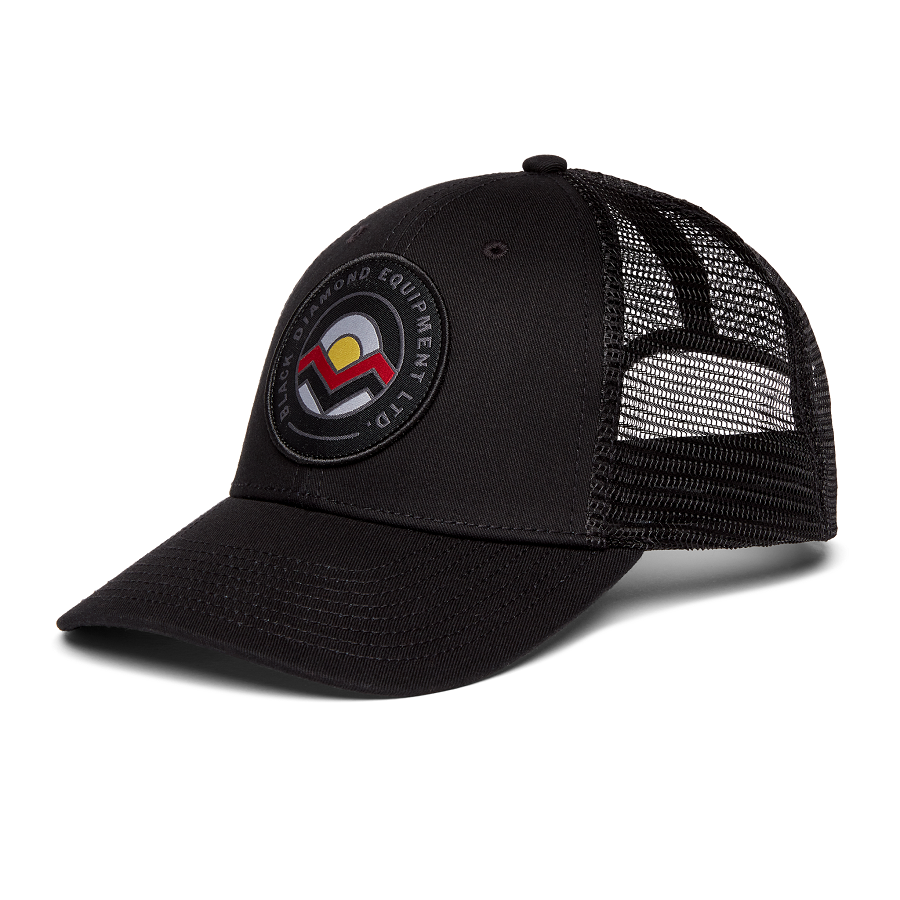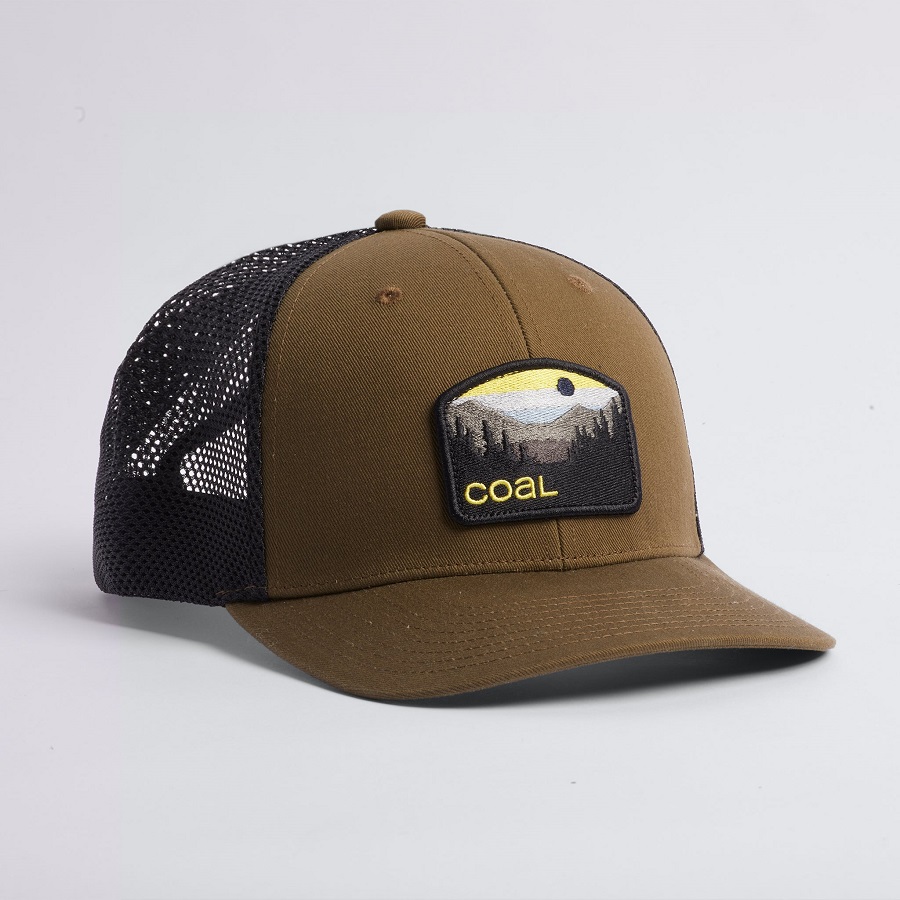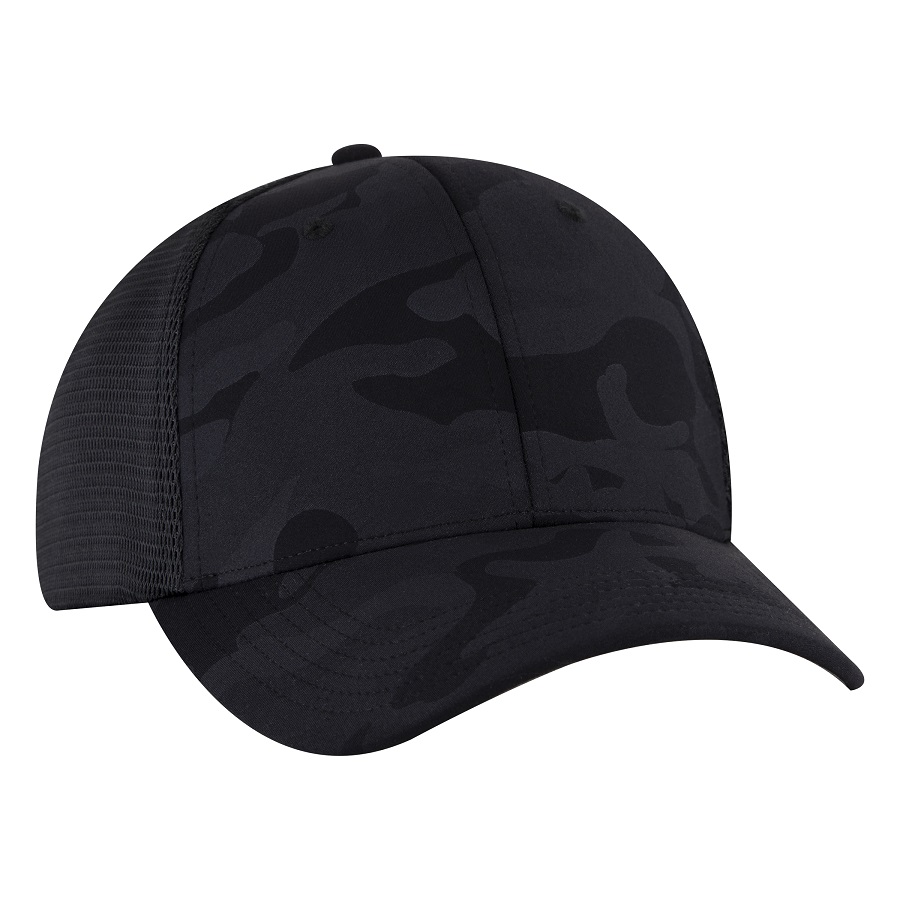Introduction
The low profile trucker hat, once a humble accessory designed for practicality and utility, has undergone a fascinating transformation over the years. Evolving from its roots in the world of professional truck drivers to becoming a ubiquitous fashion statement across diverse cultures and subcultures, this unassuming headwear tells a story of adaptation, cultural significance, and the ever-changing tides of fashion.

Origins: Function Over Form
The birth of the trucker hat can be traced back to the 1960s and 1970s in the United States. Its original purpose was purely functional – to provide comfort and protection for long-haul truckers as they navigated the country’s highways under the scorching sun or through unexpected rain. Characterized by a high crown, a plastic mesh back for breathability, and a foam front panel for added comfort and sweat absorption, these hats were an essential part of a trucker’s uniform.
The mesh back allowed air to circulate, keeping the head cool during hot days spent in the cab, while the stiffened front panel provided a surface for company logos or slogans, functioning as a mobile billboard for the trucking companies. This design was not only practical but also cost-effective, making it popular among workers in various industries beyond trucking, including farming, construction, and outdoor recreation.
Transition to Mainstream Culture
The transition of the low profile trucker hat from a working-class staple to a mainstream fashion item began in the late 1980s and early 1990s. As with many fashion trends, this shift was fueled by pop culture, particularly in music and film. Celebrities and musicians started sporting trucker hats as a casual, anti-fashion statement, embracing their utilitarian aesthetic as a counterpoint to the polished looks of the era.
Notably, the early 2000s saw a significant surge in the trucker hat’s popularity, with figures like Ashton Kutcher and numerous skateboarding and surfing brands embracing the style. The hat became a symbol of laid-back cool, representing a rejection of the flashy, logo-heavy fashion trends of the time. This period marked a turning point where the low profile trucker hat transcended its practical origins to become a sought-after fashion accessory.
The Rise of Customization and Personal Expression
As the trucker hat gained momentum in fashion circles, customization and personal expression became central to its appeal. No longer limited to corporate branding, these hats became a blank canvas for artistic expression, personal slogans, and humorous messages. Independent artists and small businesses capitalized on this trend, offering custom-designed trucker hats that reflected individual tastes and subcultural affiliations.
From political statements to ironic humor, the trucker hat provided a wearable medium for self-expression, further cementing its status as a cultural artifact. The ability to customize not just the design but also the fit and material (with options ranging from eco-friendly fabrics to luxury materials) broadened its appeal even further.
The Evolution Continues: From Niche to Norm
Today, the low profile trucker hat has become a staple in fashion, transcending its niche origins to become a versatile accessory suitable for various settings. It is as likely to be seen on the heads of fashion-conscious urbanites as it is on outdoor enthusiasts or at high-end fashion shows. The evolution of materials, designs, and manufacturing techniques has ensured that there is a trucker hat for every taste and occasion.
Moreover, sustainability and ethical production have become important considerations in the production of these hats, reflecting broader shifts in consumer preferences. Brands are now offering eco-friendly alternatives, using recycled materials, and adopting fair-trade practices, appealing to consumers who prioritize environmental and social responsibility in their fashion choices.

Understand the Basics of Low Profile Trucker Hats
Before diving into customization, it’s essential to understand the structure and materials typically used in low profile trucker hats. These hats feature a structured front panel made of a more robust fabric like cotton or polyester, with a mesh back for breathability. The “low profile” refers to a shallower crown, providing a more modern, sleek look compared to traditional trucker hats. Familiarizing yourself with these elements will help you make informed decisions during the design process.
Choose Your Base Color Wisely
The base color of your hat sets the tone for your entire design. Consider the intended use of the hat and what colors resonate with your personal style, brand identity, or the message you want to convey. Neutral tones like black, white, or gray offer versatility, while bold hues can make a statement. Don’t forget to think about how the base color will complement any graphics, embroidery, or patches you plan to add.
Decide on Embellishment Techniques
There are several ways to customize your hat, including:
- Embroidery: A classic choice that adds texture and depth. Ideal for intricate logos or text.
- Screen Printing: Great for larger designs or multiple colors, offering a smooth, flat finish.
- Patches: Adds a tactile element and can be pre-made or custom designed for a unique touch.
- Sublimation Printing: Allows for full-color, photo-realistic prints on certain fabrics, perfect for intricate designs.
- Vinyl Heat Transfer: Suitable for simple designs and logos, offering a flexible and durable finish.
Choose the technique that best suits your design vision and budget.
Get Creative with Graphics and Typography
Your design should reflect your personality or brand. If you’re not a designer, consider hiring one or using design software/apps to create professional-looking graphics. When incorporating text, pay attention to typography—font choices can greatly impact the overall aesthetic. Keep it legible and ensure any text complements the rest of your design.
Think About Placement
Placement of your design elements is crucial. For logos or graphics, the front center is the most common, but side panels or the back of the hat can also be utilized for additional details or slogans. Be mindful of balance and proportion; a well-placed design can elevate the entire look of the hat.
Personalize with Additional Features
Adding personalized touches like custom linings, secret messages under the brim, or unique closures (like leather straps or metal clasps) can further distinguish your hat. These small details can go a long way in making your hat feel truly special.
Consider Functionality
While aesthetics are important, don’t neglect functionality. If you’re designing for outdoor activities, ensure your hat has UV protection or moisture-wicking properties. Adjustability is also key for a comfortable fit; consider adding a snapback or Velcro closure.
Collaborate and Get Feedback
Share your design ideas with friends, family, or even your social media followers. Feedback can help refine your concept and ensure it resonates with your target audience. Collaboration with artists or designers can also lead to unexpected and exciting design solutions.
Choose a Reputable Customization Service
Finally, selecting a reliable customization service is paramount. Look for companies with positive reviews, a wide range of customization options, and clear communication about pricing, turnaround time, and proofing processes. A good service provider will work closely with you to bring your vision to life.

Conclusion
From its practical origins as a functional accessory for truckers to its current status as a fashionable and customizable statement piece. The low profile trucker hat’s journey is a testament to the power of cultural adoption and reinvention. It serves as a reminder that even the simplest of objects can evolve into symbols of personal identity. And cultural expression when embraced by diverse communities. As fashion continues to cycle through trends. The enduring appeal of the trucker hat suggests that its place in the sartorial landscape is secure. Continually adapting to reflect the times while staying true to its roots.
